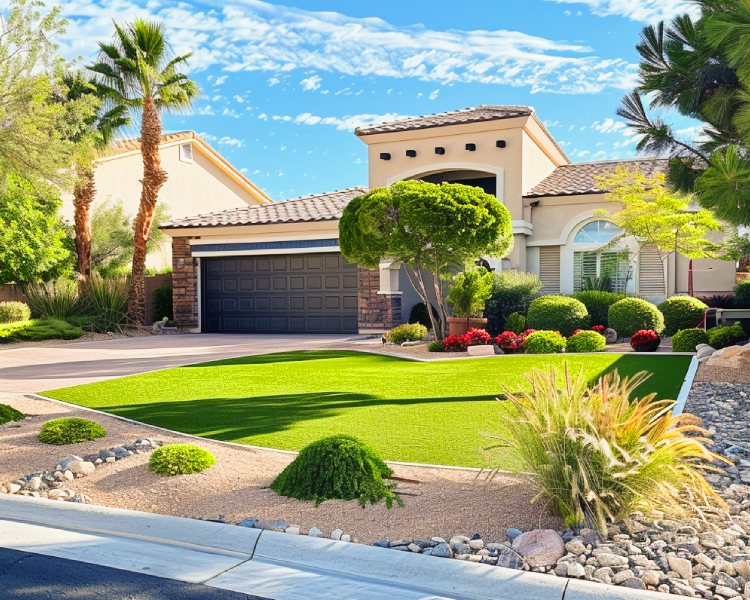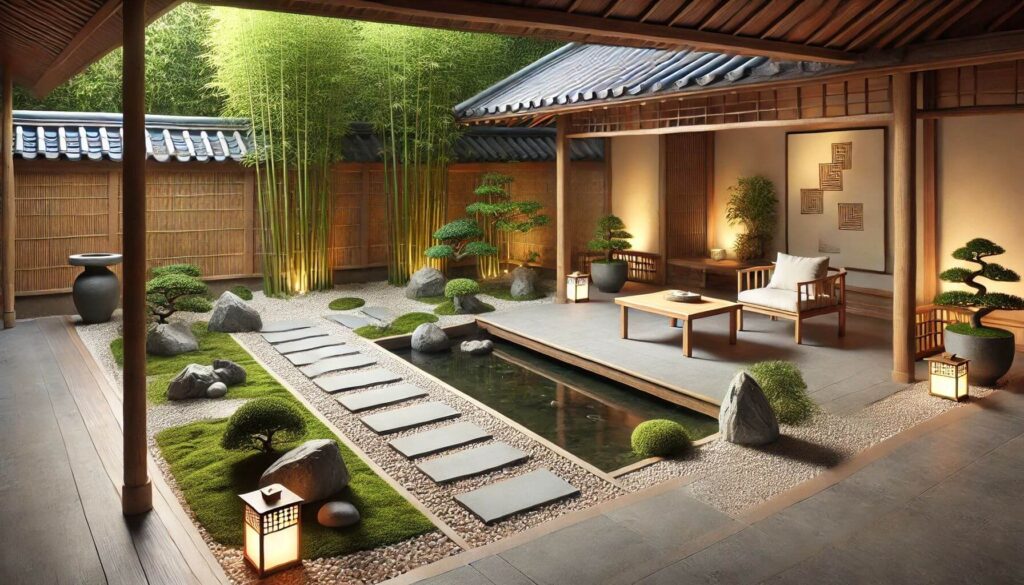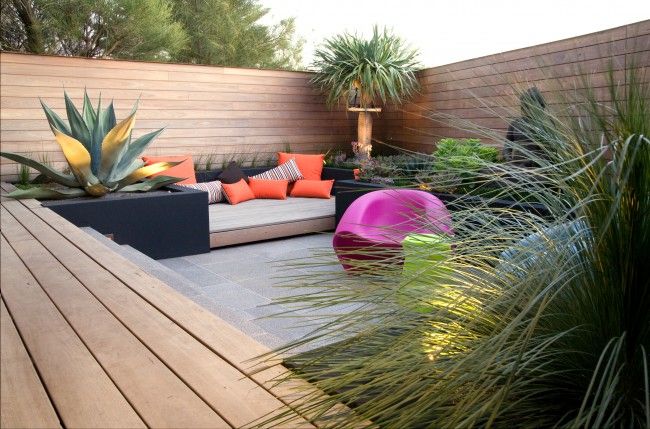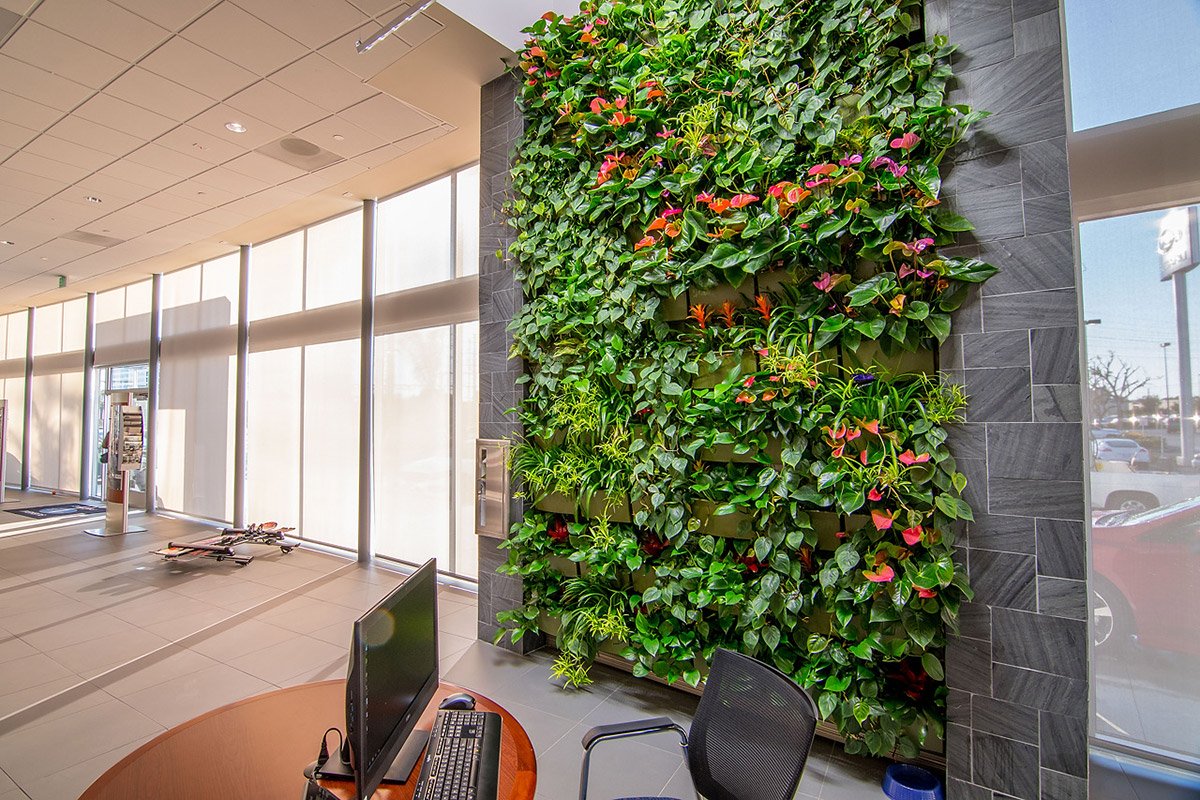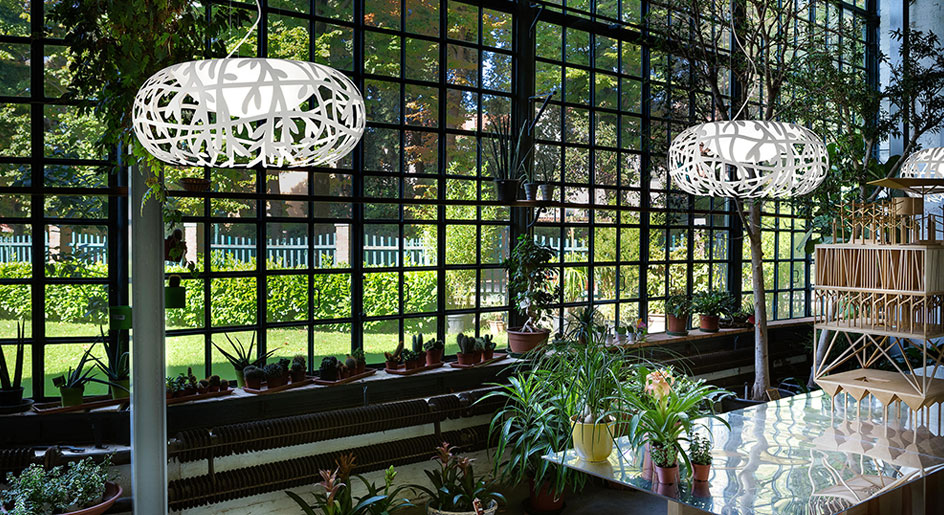
Illuminating the Future: Sustainable Landscape Lighting Solutions for a Brighter Tomorrow
The allure of a beautifully lit landscape is undeniable. It transforms outdoor spaces, extending the hours of enjoyment and enhancing the aesthetic appeal of any property. However, traditional landscape lighting often comes with a hefty price tag, not just in terms of electricity bills but also in its environmental impact. Fortunately, a revolution is underway. Sustainable landscape lighting solutions are emerging as a beacon of hope, offering a path to a greener, more energy-efficient, and equally stunning outdoor lighting experience. This comprehensive guide delves into the world of sustainable landscape lighting, exploring the technologies, benefits, and practical applications that are illuminating the future of outdoor spaces.
Understanding the Need for Sustainable Landscape Lighting
Before we dive into the specifics, it’s crucial to understand why sustainable landscape lighting is so important. The traditional approach to outdoor lighting often relies on incandescent or halogen bulbs, which are notorious for their energy inefficiency. These bulbs convert a significant portion of the electricity they consume into heat, wasting energy and contributing to higher utility bills. Moreover, the environmental impact extends beyond energy consumption. The manufacturing and disposal of traditional lighting fixtures can also contribute to pollution and resource depletion.
Sustainable landscape lighting, on the other hand, prioritizes energy efficiency and environmental responsibility. It leverages technologies and practices that minimize energy consumption, reduce waste, and promote the long-term health of our planet. By embracing sustainable solutions, we can create beautiful and functional outdoor spaces while minimizing our ecological footprint.
The Pillars of Sustainable Landscape Lighting
Several key elements contribute to the sustainability of landscape lighting systems. These pillars work together to create a holistic approach to outdoor illumination.
1. Energy-Efficient Lighting Technologies
The heart of any sustainable lighting system lies in its energy-efficient light sources. Several technologies stand out in this regard:
- LED Lighting: Light Emitting Diodes (LEDs) are the undisputed champions of energy efficiency. They consume significantly less energy than traditional bulbs while producing the same or even greater levels of brightness. LEDs also boast a remarkably long lifespan, reducing the frequency of replacements and minimizing waste. Furthermore, LEDs are available in a wide range of color temperatures and styles, making them incredibly versatile for various landscape lighting applications.
- Solar-Powered Lighting: Solar-powered lighting harnesses the power of the sun to illuminate outdoor spaces. These systems typically include solar panels that convert sunlight into electricity, which is then stored in batteries for use at night. Solar lighting is an excellent choice for areas where running electrical wiring is impractical or costly. It’s also a completely renewable energy source, making it an incredibly sustainable option.
- Low-Voltage Lighting: Low-voltage lighting systems operate on a lower voltage than standard household circuits, typically 12 volts. This reduces energy consumption and makes the system safer to install and maintain. Low-voltage systems are also more flexible, allowing for easier customization and expansion of the lighting design.
2. Smart Controls and Automation
Smart controls and automation add another layer of sustainability to landscape lighting systems. These technologies allow for precise control over lighting schedules and intensity, optimizing energy usage and reducing waste.
- Timers: Timers are a simple yet effective way to automate lighting schedules. They can be programmed to turn lights on and off at specific times, ensuring that lights are only used when needed.
- Motion Sensors: Motion sensors detect movement and activate lights only when necessary. This is particularly useful for security lighting and pathway illumination, preventing lights from burning unnecessarily.
- Photocells: Photocells, also known as light sensors, automatically adjust lighting based on ambient light levels. They can turn lights on at dusk and off at dawn, ensuring that lights are only used when natural light is insufficient.
- Smart Home Integration: Integrating landscape lighting with a smart home system allows for remote control and customization of lighting settings. Users can adjust lighting schedules, dim lights, and monitor energy usage from their smartphones or other devices.
3. Environmentally Friendly Materials
Beyond energy efficiency, sustainable landscape lighting also considers the environmental impact of the materials used in the fixtures and components.
- Recycled Materials: Choosing fixtures made from recycled materials, such as aluminum or plastic, reduces the demand for virgin resources and minimizes waste.
- Durable Materials: Selecting durable materials that can withstand the elements ensures a longer lifespan for the fixtures, reducing the need for replacements and minimizing waste.
- Non-Toxic Materials: Opting for fixtures and components that are free of hazardous materials, such as mercury or lead, protects the environment and human health.
Benefits of Sustainable Landscape Lighting
The advantages of embracing sustainable landscape lighting are numerous and far-reaching, encompassing both environmental and economic benefits.
1. Reduced Energy Consumption and Lower Utility Bills
The most immediate benefit of sustainable lighting is a significant reduction in energy consumption. Energy-efficient technologies, such as LEDs and solar-powered systems, use a fraction of the energy compared to traditional lighting. This translates directly into lower utility bills, saving homeowners money over the long term.
2. Environmental Protection
Sustainable landscape lighting contributes to environmental protection in several ways. By reducing energy consumption, it lowers greenhouse gas emissions and helps combat climate change. It also minimizes the demand for fossil fuels and reduces reliance on non-renewable resources. Furthermore, the use of environmentally friendly materials and the reduction of waste contribute to a healthier planet.
3. Enhanced Aesthetics and Curb Appeal
Sustainable lighting can enhance the beauty and curb appeal of any property. LEDs are available in a wide range of color temperatures and styles, allowing for creative and customized lighting designs. Well-designed landscape lighting can highlight architectural features, accentuate landscaping elements, and create a welcoming atmosphere.
4. Improved Safety and Security
Properly designed landscape lighting can significantly improve safety and security. It illuminates pathways, driveways, and other areas, reducing the risk of accidents and deterring potential intruders. Motion sensors and smart controls can further enhance security by automatically activating lights when needed.
5. Increased Property Value
Investing in sustainable landscape lighting can increase the value of a property. The enhanced aesthetics, energy efficiency, and improved safety features make a property more attractive to potential buyers. Moreover, the long lifespan of LED fixtures and the reduced maintenance requirements can also add to the property’s value.
Designing a Sustainable Landscape Lighting System
Designing a sustainable landscape lighting system requires careful planning and consideration. Here are some key steps to follow:
1. Assess Your Needs and Goals
Before you begin, determine your lighting needs and goals. Consider the areas you want to illuminate, the desired atmosphere, and any specific security concerns. Also, think about your budget and the level of energy efficiency you want to achieve.
2. Plan Your Lighting Design
Create a lighting plan that outlines the placement of fixtures, the type of lighting to be used, and the desired effects. Consider the architectural features, landscaping elements, and pathways you want to highlight. Sketching your design or using a landscape lighting design software can be helpful.
3. Choose the Right Fixtures and Components
Select energy-efficient fixtures, such as LED or solar-powered lights, that are appropriate for your lighting plan. Consider the color temperature, beam angle, and brightness of the lights. Also, choose durable and environmentally friendly materials.
4. Install the Lighting System Properly
Follow the manufacturer’s instructions for installation. If you are not comfortable with electrical work, hire a qualified electrician to install the system. Ensure that all wiring is properly connected and that the system meets local building codes.
5. Incorporate Smart Controls and Automation
Integrate smart controls and automation features, such as timers, motion sensors, and photocells, to optimize energy usage and enhance convenience.
6. Regular Maintenance
Perform regular maintenance to ensure that your lighting system continues to operate efficiently. Clean the fixtures, replace any burnt-out bulbs, and check the wiring for any damage.
Types of Sustainable Landscape Lighting Applications
Sustainable landscape lighting can be applied to a wide range of outdoor spaces and applications.
1. Pathway Lighting
Pathway lighting enhances safety and guides visitors along walkways and driveways. LED path lights and bollard lights are popular choices for this application. They provide soft, diffused light that illuminates the path without causing glare.
2. Accent Lighting
Accent lighting highlights architectural features, landscaping elements, and other points of interest. Uplights, spotlights, and well lights can be used to create dramatic effects. Consider using low-voltage spotlights to illuminate trees, shrubs, or water features.
3. Security Lighting
Security lighting deters intruders and improves safety. Motion-activated lights and floodlights are commonly used for this purpose. Make sure to choose lights with a high lumen output and a wide beam angle to provide adequate illumination.
4. Deck and Patio Lighting
Deck and patio lighting creates a welcoming and inviting atmosphere for outdoor gatherings. String lights, step lights, and recessed lights are popular choices for this application. Use warm white LEDs to create a cozy ambiance.
5. Garden Lighting
Garden lighting enhances the beauty of your garden and allows you to enjoy it even after dark. Spotlights, path lights, and underwater lights can be used to illuminate plants, flowers, and water features. Solar-powered garden lights are a great sustainable option.
Tips for Choosing Sustainable Landscape Lighting
Choosing the right sustainable landscape lighting solutions can seem daunting. Here are some helpful tips:
- Consider your needs and budget: Determine your lighting requirements and set a realistic budget.
- Choose energy-efficient fixtures: Opt for LED or solar-powered lights.
- Select the appropriate color temperature: Choose the right color temperature to create the desired ambiance. Warm white LEDs create a cozy atmosphere, while cool white LEDs provide brighter illumination.
- Consider the beam angle: Select the appropriate beam angle for your lighting application. Narrow beam angles are best for accent lighting, while wider beam angles are better for pathway lighting.
- Choose durable and weather-resistant fixtures: Select fixtures that can withstand the elements.
- Look for certifications: Look for fixtures that are Energy Star certified or have other energy efficiency certifications.
- Consult with a professional: If you are unsure about any aspect of the design or installation, consult with a landscape lighting professional.
The Future of Sustainable Landscape Lighting
The future of sustainable landscape lighting is bright. As technology continues to advance, we can expect to see even more innovative and energy-efficient solutions emerge. Some exciting trends to watch for include:
- Advanced LED Technology: LEDs are constantly evolving, with improvements in efficiency, color rendering, and lifespan.
- Smart Lighting Systems: Smart home integration will become even more sophisticated, allowing for greater control and automation of landscape lighting systems.
- Wireless Lighting Controls: Wireless controls will simplify the installation and operation of landscape lighting systems.
- Biodegradable Materials: Fixtures and components made from biodegradable materials will further reduce the environmental impact of landscape lighting.
- Integration with Renewable Energy Sources: Landscape lighting systems will become increasingly integrated with renewable energy sources, such as solar and wind power.
Sustainable landscape lighting is no longer a futuristic concept; it’s a present-day reality. By embracing these innovative solutions, homeowners and businesses can create beautiful, functional, and environmentally friendly outdoor spaces. As we move towards a more sustainable future, the role of landscape lighting in preserving our planet will only become more significant. Choosing sustainable landscape lighting is an investment in a brighter tomorrow, both literally and figuratively. It’s a step towards a more responsible way of living, one that harmonizes human needs with the health of the environment. The possibilities are endless, and the benefits are undeniable. So, illuminate your world with sustainable solutions and let your landscape shine!
